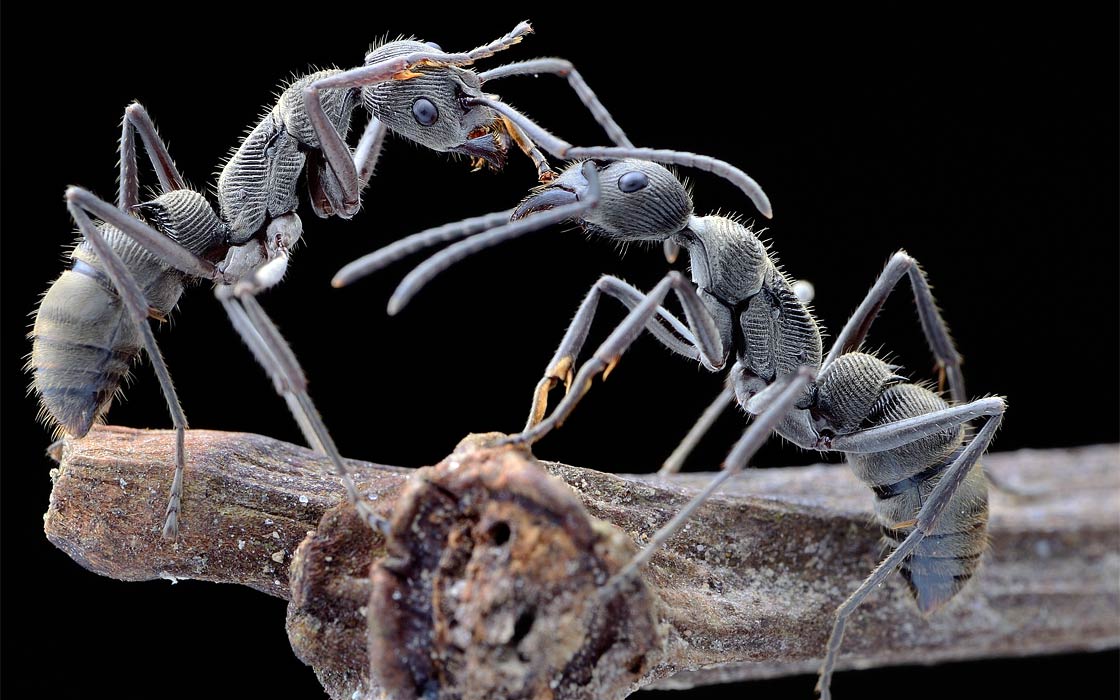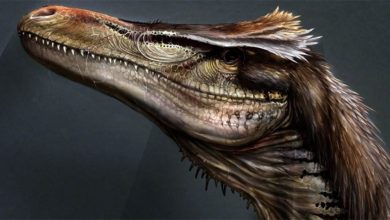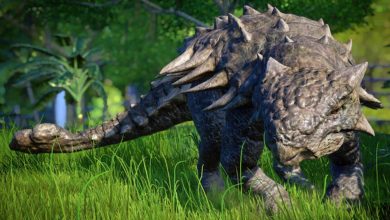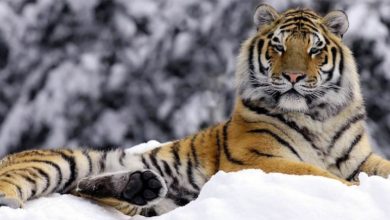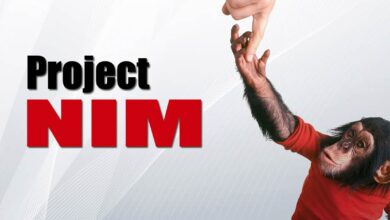Ant – an unusual insect
The little ant carries a piece of green leaf, digs a tunnel to pull it underground. Hundreds of kilometers away, her cousin goes out to the hot desert sands in search of food. What’s so special about that? And how can humans benefit from it? Today we will present the extraordinary properties and skills of inconspicuous insects that have been living on Earth for 140 million years. So they accompanied the dinosaurs, watched their extermination, saw the appearance of man and they would probably see our extinction… It is estimated that there are over 22,000 species of ants on our planet, of which over 12,500 have been classified.
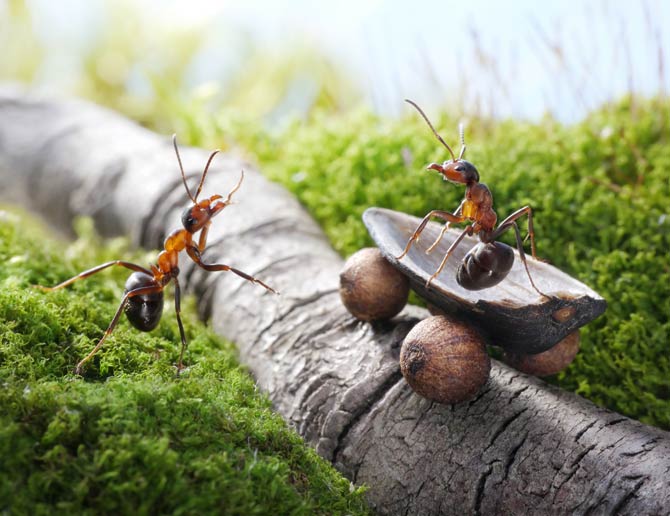
Portrait of an ant
Many studies have already been written about ants. Most people know their structure, social habits and way of life. Some people can classify this insect in the order of Hymenoptera and the infraorder of Aculeata. However, although there are as many as 22,000 species of ants in the world, few of us know the importance of an ant’s neck when lifting loads, how it uses its antennae to dig tunnels and that one of its species can withstand temperature over 50ºC.
Let’s take a closer look at the ants and we will see that we can learn a lot from them.
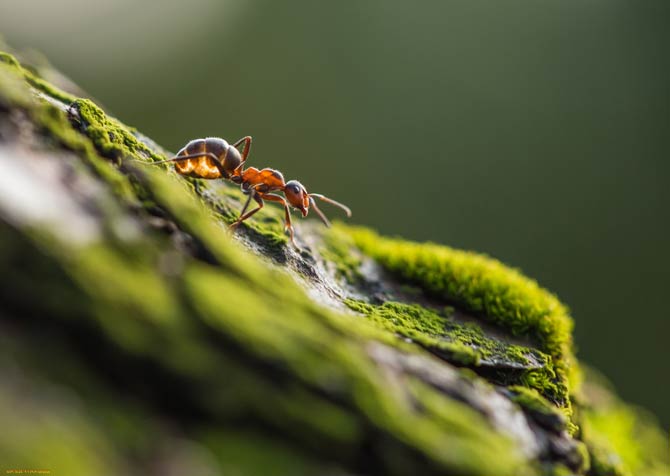
Extremely durable ant’s neck
An ant can carry 5 to 20 times its own weight. Scientists have found that her neck plays a key role in this.
Thanks to microtomographic images, it was possible to create a computer model of the ant’s structure and simulate the forces generated by this insect when carrying loads. It was also possible to establish that in the ant’s neck, the soft tissues connect with the hard tissues of the head and torso like the fingers of clasped hands. Thanks to this unusual structure, the cooperation between the tissues is more effective and the entire structure is more durable. This allows this small insect to significantly burden the joints and lift huge loads in its jaws.
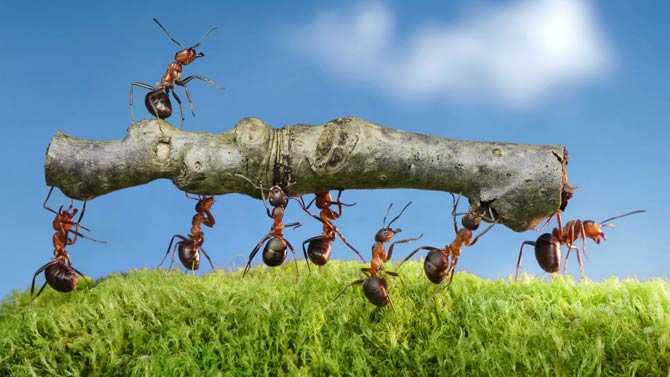
Did the researchers manage to use this knowledge?
Yes. One of the robotics companies has created the so-called bionic ants. They were made of plastic by laser printing and 3D sintering. Inside, these little robots are filled with electrical systems that make the model move. BionicANTs are also equipped with an antenna that allows inductive charging, ceramic actuators mounted in the legs and gripper, strong jaws on the chin and cameras and sensors to help determine the position and dimensions of the object being lifted.
These miniature robots are able to lift large objects, just like others, built also by observing the structure and behavior of an ant. American scientists even created prototypes of robots that can drag a two-ton car!
However, the work of these researchers serves a higher purpose. They hope that in the future, mechanical ants will support people in hard work or help them get to hard-to-reach places, e.g. during rescue operations.

Tentacles of efficient diggers
In addition to the ingeniously built neck, ants are also equipped with unusual antennae. These so-called extra limbs have various functions. Among other things, they act as support during a fall. They also help to dig a tunnel that allows for efficient and safe movement.
How did scientists discover this?
During the research, ant farms were established in glass containers filled with sand and earth. The behavior of the ants was constantly monitored and recorded, thanks to which researchers noticed numerous trips and fall of these insects. However, each time the ants rose very quickly. Why?
To find out the answer to this question, scientists x-rayed the containers and created a three-dimensional model of the tunnels. It turned out that each of them has the same diameter, regardless of the ground in which it is dug. Due to the fact that this diameter is approximately the length of the ant’s body, it is able to efficiently stop the fall. Antennae, which allow the insect to establish the appropriate opening width, play a significant role in digging such passages.
Moreover, tunnels dug by ants do not collapse, even if the ground is loose.
Scientists found inspiration in this to construct search and rescue robots that could cope with complex environments. They would be helpful in searching for debris and landslides, and in creating temporary shelters and rooms for buried persons.
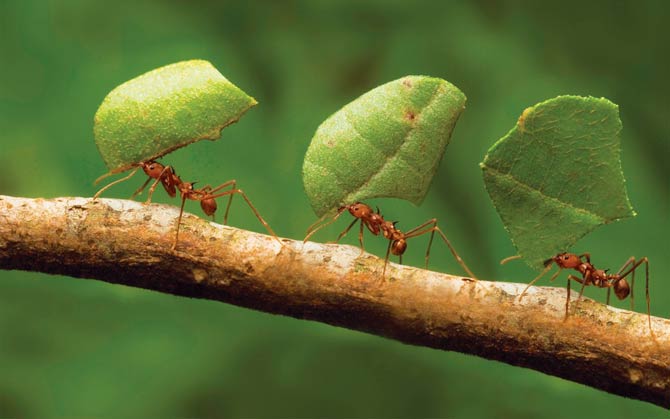
Resistant thermal system
The daytime temperature in the Sahara desert is 50ºC (122℉). Most insects and other animals cannot survive in such conditions and are desperate for shade. However, Saharan silver ants (Cataglyphis bombycina) just then come out of their nests to search for food. Most often, they eat the carcasses of other insects killed by the heat. Their walks are not long, but lively and fruitful.
What makes these ants withstand such high temperatures?
Scientists observing these insects have noticed that their backs and sides are covered with a layer of special hairs. They are actually tiny tubes (only visible under an electron microscope) that give this species a silvery color. These tubes are triangular. One side adjacent to the body is smooth and the other two are covered alongside microscopic wrinkles. Thanks to this structure, the hairs are able to reflect the sun’s rays and release the body heat to the outside, thus cooling the ant by 5 to 10 °C (41 – 50 ℉)
Moreover, the underside of the ant’s body is smooth, so it can reflect the infrared rays emitted by the desert sands. In addition, their legs are long and fast, so they protect the insect from burns from the ground. And the special proteins in their body mean that they can withstand temperatures of up to 53.6ºC (128℉).
Scientists studying the special structure of ants even attempted an experiment that confirmed their theory. One of the ants was shaved of hair with a tiny scalpel and placed under a lamp. It turned out that her temperature rose sharply!

Can the unique hair of a Saharan ant help humans in any way?
It turns out that it is. Specialists have developed technologies that can help improve people’s comfort by lowering body temperature in hot weather. Moreover, applying them on a larger scale will also help to save energy.
Experts say that the human body emits infrared heat radiation, that is, it gives off heat in an ideal manner. However, the clothes that people wear, block this radiation effectively and contribute to increasing the body temperature.
Nanoporous polyethylene (nanoPE)
To prevent this, nanoporous polyethylene (nanoPE) was created, a material containing microscopic pores that allow infrared rays to pass freely. Studies have shown that if all people working in a given building were wearing clothes made in this technology, the air conditioning effect could be reduced by reducing the air temperature from 1 to even 4ºC. This would save up to 45% of the energy needed to cool the building!
This material is still in the research phase. For example, the dyes needed for the production of colored clothes are still being improved and the material itself is modified to increase the comfort of wearing it.
However, both the creation of nanoPE and the design of small robots capable of lifting heavy loads and digging permanent tunnels show that humans can learn a lot from creatures as small as ants.

Ants – interesting facts
- Ants are also excellent runners – they can run about 8 cm per second (3.14 in per second). If a man had such abilities, he could run 55 km in an hour (34 mph)!
- What’s more, they can even jump, glide or use different pieces of material for rafting. Some species of ants create live chains to get over an obstacle or carry a large load.
- These insects are also great gardeners. They can grow and care for mushrooms and share them with other species.
- While worker ant lives an average of 1-3 years, queens can be up to 30 years old.
- There are countries where ants and their larvae are a local delicacy. In Mexico, for example, “escamoles” are eaten, ie ant eggs considered a form of insect caviar.
- There are exploding ants, more on them in a separate article: Exploding ants.
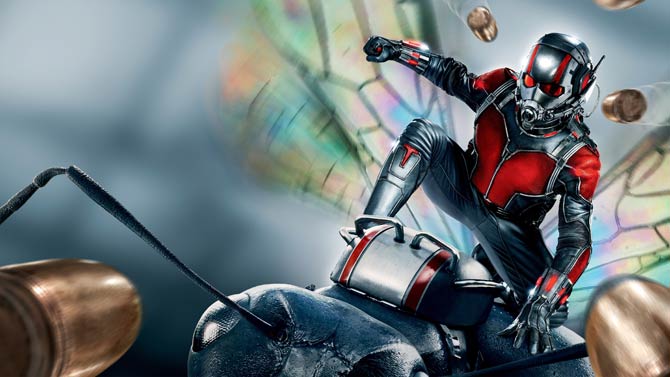
Recommended
- Fastest animals – Top 100
- Fastest animals – on land, in water and in the air
- Fastest mammals
- Fastest birds
- Cheetah
- Most venomous snakes – Top 10
- Largest eagles – Top 10
- Largest birds of prey
- Smartest dogs – Top 10
- Animals records
- Largest crocodiles
- Longest whales
- Heaviest whales
- Longest snakes
- Most venomous snakes
- Largest sharks
- Top-flying birds

